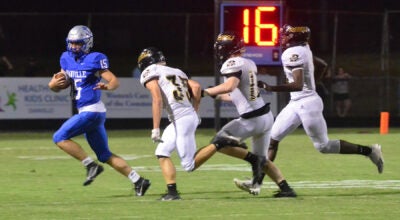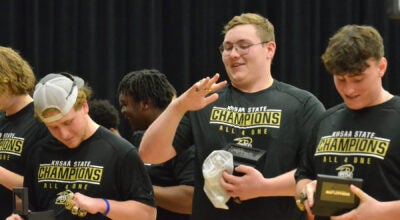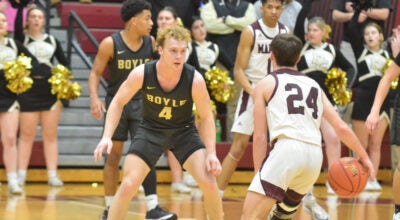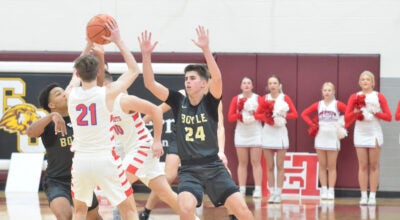Learning the ins and outs of high school athletic training
Published 11:57 am Thursday, March 16, 2017
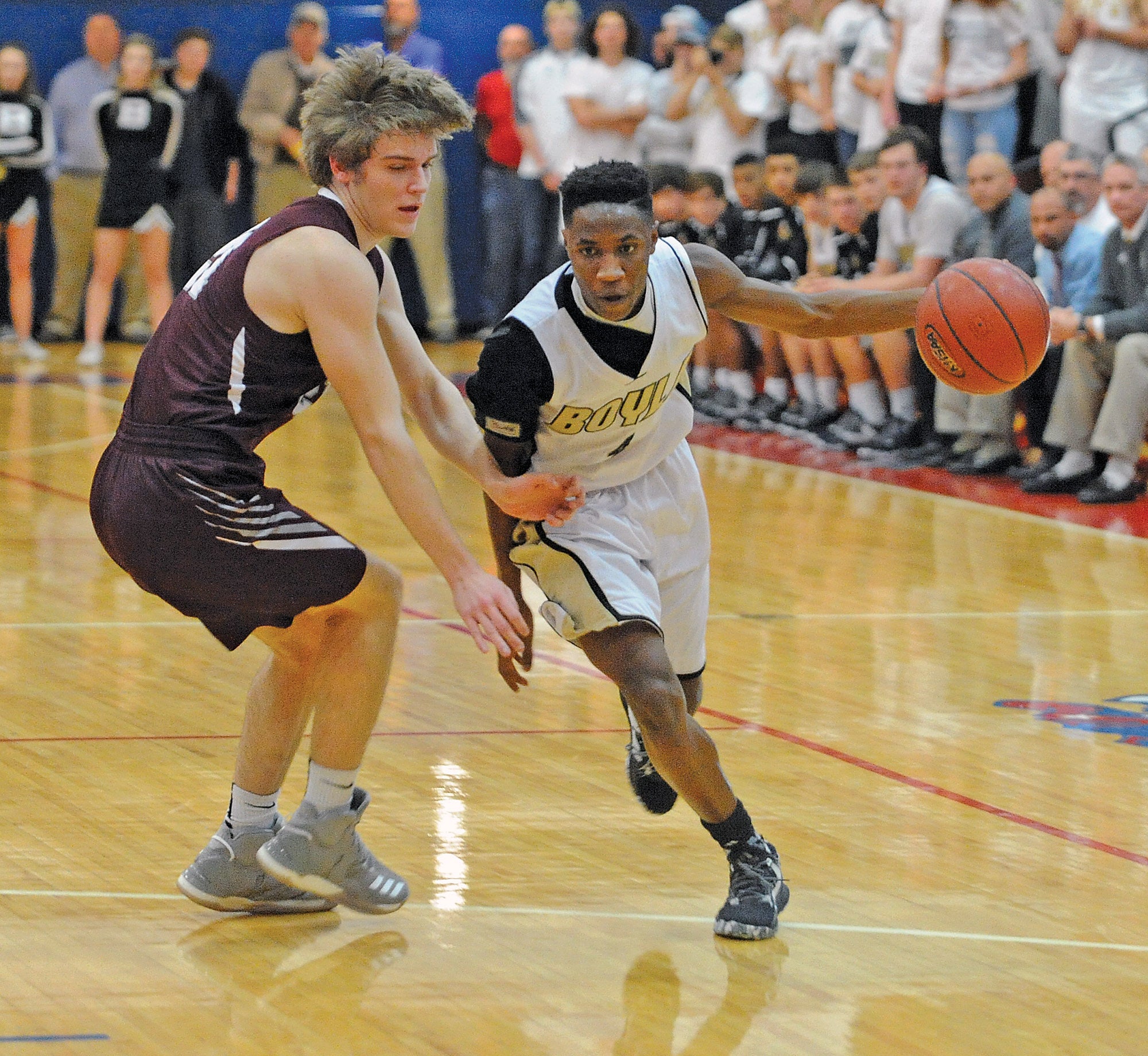
- Matt Overing/matthew.overing@amnews.com Boyle County guard Jason Alexander wears a support on his right shoulder during basketball games because of its tendency to pop out of place.
EDITOR’S NOTE: This is the first in a series of weekly columns to be written by local high school athletic trainers. These columns will deal with the inner working of athletic training. They will also deal with trends, ideas and preventative measures.
By JEREMY JOHNSON, ATC
Boyle County H.S.
When Jeremy Schneider approached me about contributing to an Athletic Training segment in The Advocate Messenger, I was intrigued. I have a passion for athletic training and healthcare at the high school level. The timing of this could not be more perfect as March is National Athletic Training Month. This year’s theme is “Your Protection is Our Priority.”
Athletic Trainers (ATs) such as myself try to use this month as a way to educate the public about what our job entails. We are recognized by the American Medical Association as Allied Healthcare professionals. We are licensed in the Commonwealth of Kentucky by the Kentucky Board of Medical Licensure. The purpose of this first installment will be to explain what ATs are.
Athletic trainers work to prevent, diagnose, treat, and rehabilitate sports-related injuries and illnesses. We are part of an Athletic Healthcare Team and practice under the direction of a physician.
ATs also save lives. Sports injuries can be serious. Brain and spinal cord injuries, along with heat illness and sudden cardiac arrest can be life threatening if not recognized and properly managed. ATs are equipped to treat acute injuries on site, and refer patients to a doctor when needed.
Athletic trainers mitigate risk. School administrators, athletic directors and coaches all have their own jobs and responsibilities. Most coaches and athletic directors would not risk injury to an athlete just to win but would rather have someone else manage the injury while they coach their team.
Treating injuries at school, rather than sending the patient to the emergency room, saves money and time, and gets the patient back to activities faster.
High school athletes deserve the same level of care that college athletes receive. I got into this field to provide quality healthcare to high school kids. There are millions more high school athletes than college ones and I think they all deserve to have a full-time athletic trainer at their school. Unfortunately this is not the reality. Nationwide, only 37 percent of public high schools employ a full time athletic trainer. This number is much too low.
One thing that I hope comes from this new column is that if you send your children to a high school that does not have an AT, you will consider talking to your district about hiring one. Every athlete deserves an athletic trainer.
If you would like to learn more visit www.atyourownrisk.org.


